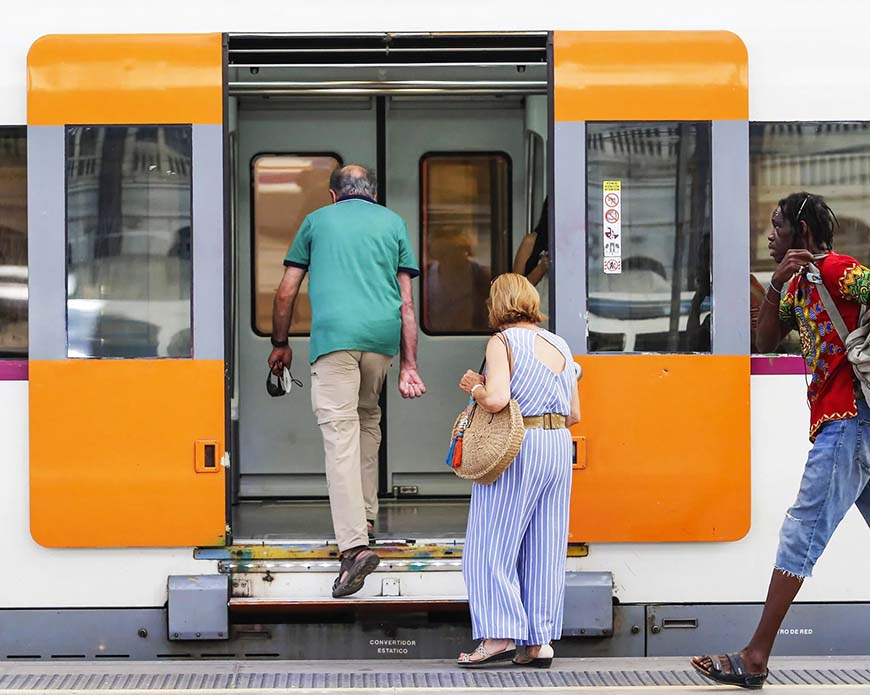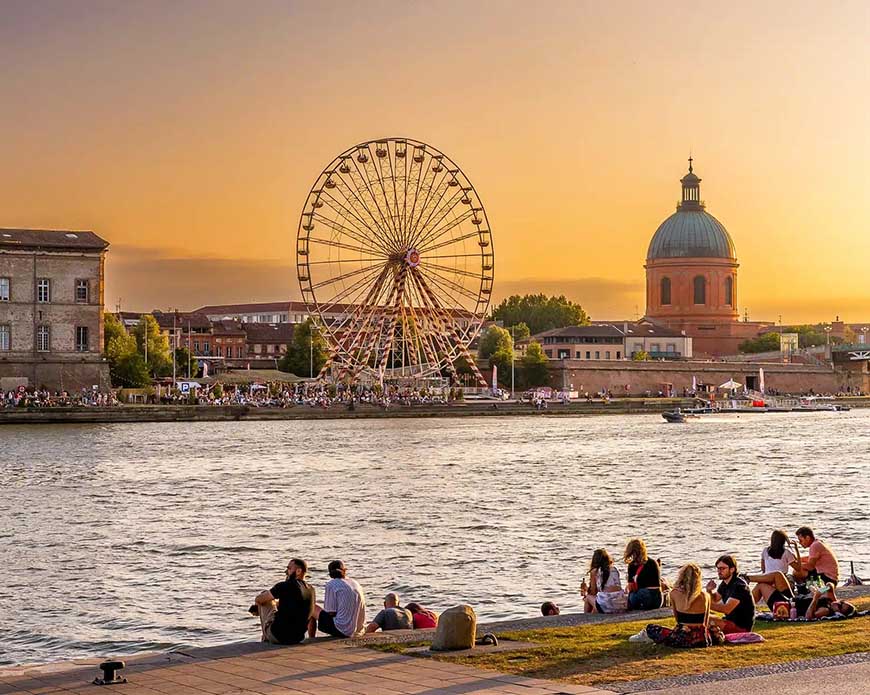Paris, the City of Light, is renowned for its art, history, and vibrant culture. I’ve found that one of the most exciting aspects of visiting Paris is navigating its extensive and efficient public transportation system.
From the iconic Metro to buses, trams, and even bicycles, getting around Paris can be a seamless experience if you know the ropes.
Paris’ public transport system is one of the best in the world, offering a wide range of options that can take you to almost every corner of the city and its suburbs. Whether you’re here for a few days or an extended stay, understanding how to use the Metro, buses, trams, and other modes of transportation will enhance your Parisian adventure.
Introduction of Paris Public Transport
Paris has an extensive network managed primarily by RATP (Régie Autonome des Transports Parisiens) and includes:
– Metro: The backbone of Paris transport with 16 lines and over 300 stations.
– Buses: Covering areas that the Metro doesn’t reach, with numerous lines crisscrossing the city.
– Trams: Complementing the Metro and buses, particularly in the suburbs.
– RER: Regional trains connecting Paris to its suburbs and beyond.
– Vélib’: A bike-sharing system for those who prefer a more active mode of transport.
The Paris Metro
The Paris Metro, inaugurated in 1900, is one of the most iconic subway systems in the world. Its art nouveau entrances designed by Hector Guimard are a symbol of the city itself. The Metro consists of 16 lines, each identified by a number and color, making it relatively easy to navigate once you get the hang of it.
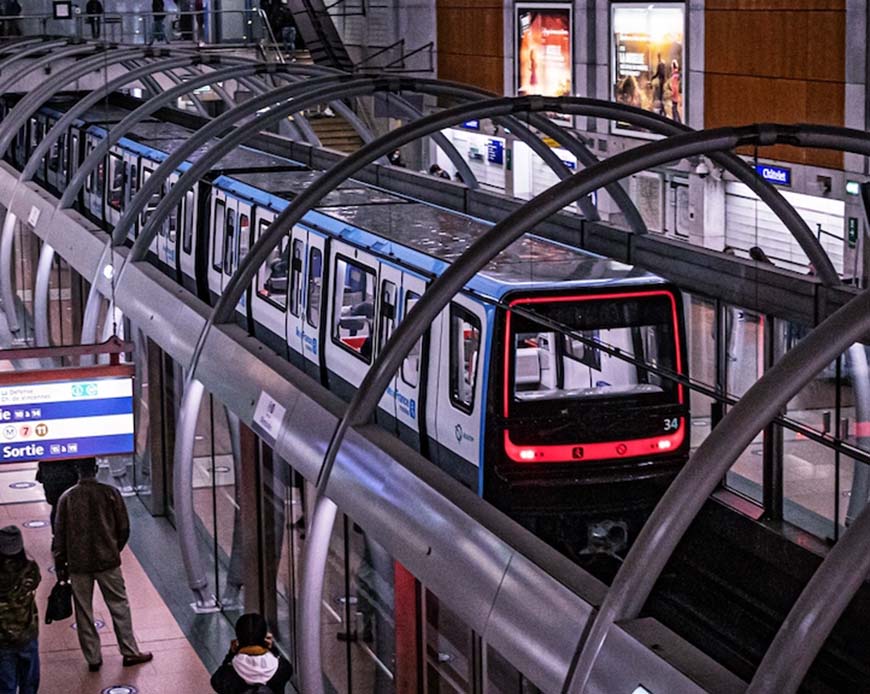
Navigating the Metro
Tickets and Passes
For the Metro, you can purchase single tickets (T+ tickets), which are valid for one journey, including transfers between Metro lines and RER within Paris. However, for most visitors, travel passes offer better value and convenience:
– Paris Visite Pass: Ideal for tourists, offering unlimited travel on Metro, RER, buses, trams, and even the funicular at Montmartre for a specified number of days.
– Navigo Découverte: Best for longer stays, this weekly or monthly pass provides unlimited travel within selected zones. Note that it requires a photo for the card.
How to Buy Tickets
Tickets can be purchased at vending machines in Metro stations, which accept both cash and cards. Make sure to keep your ticket until the end of your journey, as you might need it to exit the station.
Reading Metro Maps
Paris Metro maps are available at all stations and can also be found online and in many guidebooks. Each line is color-coded and numbered. Stations are marked with large white circles, and transfer points (where you can switch lines) are indicated with a large white circle with a smaller colored circle inside.
Using the Metro
Entering the Station
To enter the Metro, insert your ticket into the turnstile, retrieve it, and pass through. Keep your ticket handy as you might need it to exit at your destination.
On the Train
Metro trains are frequent, typically running every 2-5 minutes. Each line’s direction is indicated by the name of the last station on that line. For example, Line 1 runs from La Défense to Château de Vincennes. Electronic displays and announcements provide information about the next station and transfer options.
Etiquette and Safety
The Metro can be crowded, especially during rush hours. Here are some tips:
– Stand on the right side of escalators to let others pass on the left.
– Allow passengers to exit the train before boarding.
– Keep an eye on your belongings, especially in crowded trains.
Paris Buses
Paris buses are a scenic way to see the city and reach destinations not accessible by the Metro. The bus network is extensive, with many lines running through key areas of interest.
Using the Bus System
Tickets and Passes
The same T+ ticket used for the Metro is also valid on buses. You can also use travel passes like the Paris Visite or Navigo Découverte.
How to Buy Tickets
You can buy tickets at Metro stations or directly from the bus driver (cash only, exact change required). However, having a pass or pre-purchased tickets is more convenient.
Navigating the Buses
Reading Bus Maps and Stops
Bus stops display detailed maps of the routes, including the names of all stops and major points of interest. Each bus line has a number and often the name of a key destination at either end.
On the Bus
Enter at the front and validate your ticket using the machine next to the driver. For passes, simply show your pass to the driver. Announcements and electronic displays will help you know when your stop is coming up. Press the button near your seat to signal that you want to get off at the next stop.
Popular Bus Routes
– Bus 42: A scenic route passing by the Eiffel Tower, Champs-Élysées, and the Madeleine Church.
– Bus 69: A favorite among tourists, connecting the Eiffel Tower to Père Lachaise Cemetery, passing through key landmarks like the Louvre and Bastille.
Trams in Paris
Trams complement the Metro and bus systems, particularly in the suburbs. There are currently 10 tram lines, each serving different parts of the greater Paris area.
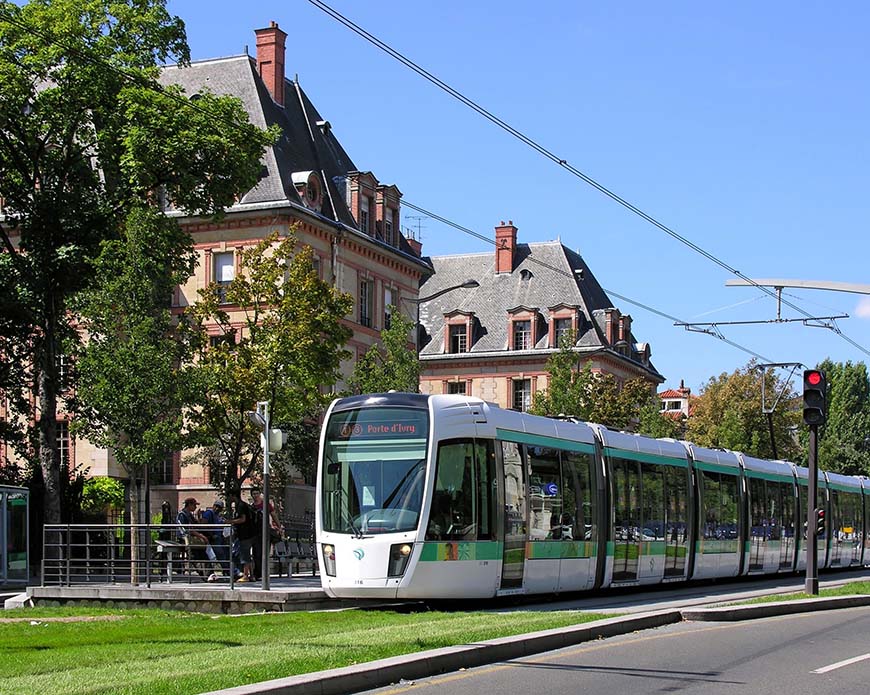
Using the Trams
Tickets and Passes
Tram tickets and passes are the same as those used for the Metro and buses. Validate your ticket at the machines on the tram platforms before boarding.
Navigating the Trams
Tram stops have maps and schedules. Trams are modern and comfortable, offering a smooth ride. Announcements and electronic displays indicate the next stop and key connections.
Popular Tram Routes
– Tram T3a and T3b: Circling the city along the Boulevard des Maréchaux, connecting with several Metro and RER lines.
RER: Regional Trains
The RER (Réseau Express Régional) is a network of regional trains that connect Paris to its suburbs and surrounding areas. There are five RER lines: A, B, C, D, and E.
Using the RER
Tickets and Passes
RER tickets vary by destination. For travel within central Paris, a T+ ticket is sufficient. For destinations outside Paris, such as Versailles or Disneyland Paris, you’ll need specific RER tickets, which can be purchased at vending machines or ticket counters in RER stations.
Navigating the RER
RER stations have detailed maps and electronic displays. RER trains are faster and cover longer distances than Metro trains, making them ideal for reaching the suburbs. Lines are identified by letters (A, B, C, D, E) and have multiple branches, so ensure you’re on the correct train for your destination.
Popular RER Routes
– RER A: Connects central Paris to Disneyland Paris and La Défense.
– RER B: Runs from Charles de Gaulle Airport to the city center, and also to the southern suburbs and Orly Airport.
– RER C: Serves Versailles, the Eiffel Tower, and the Musée d’Orsay.
Alternative Modes of Transport
Vélib’: Bike Sharing
Vélib’ is Paris’ popular bike-sharing system, offering a healthy and eco-friendly way to explore the city.
How to Use Vélib’
– Subscription: You can purchase a day pass, weekly pass, or annual subscription. These can be bought at Vélib’ stations or online.
– Stations: There are hundreds of Vélib’ stations around the city. Simply check out a bike using the kiosk at the station, ride to your destination, and dock it at any other Vélib’ station.
– Cost: The first 30 minutes are free with a subscription, after which small fees apply.
Scooters
Electric scooters are a trendy and convenient option for short trips around the city.
How to Use Scooters
– Apps: Download a scooter-sharing app like Lime, Bird, or Dott. Use the app to locate and unlock a scooter.
– Cost: Scooters typically have a small unlocking fee and then charge per minute of use.
– Safety: Helmets are recommended, and you should follow all local traffic laws and ride in bike lanes when available.
Taxis and Ride-Sharing
For more comfort or late-night travel, taxis and ride-sharing services like Uber are readily available.
Taxis
– How to Hail a Taxi: You can hail a taxi on the street, find a taxi stand, or call a taxi service.
– Cost: Taxis are metered, and prices vary based on distance and time of day.
Ride-Sharing
– Uber and Alternatives: Apps like Uber, Bolt, and Kapten offer ride-sharing services. Simply download the app, request a ride, and pay through the app.
– Cost: Prices vary based on demand, distance, and time of day.
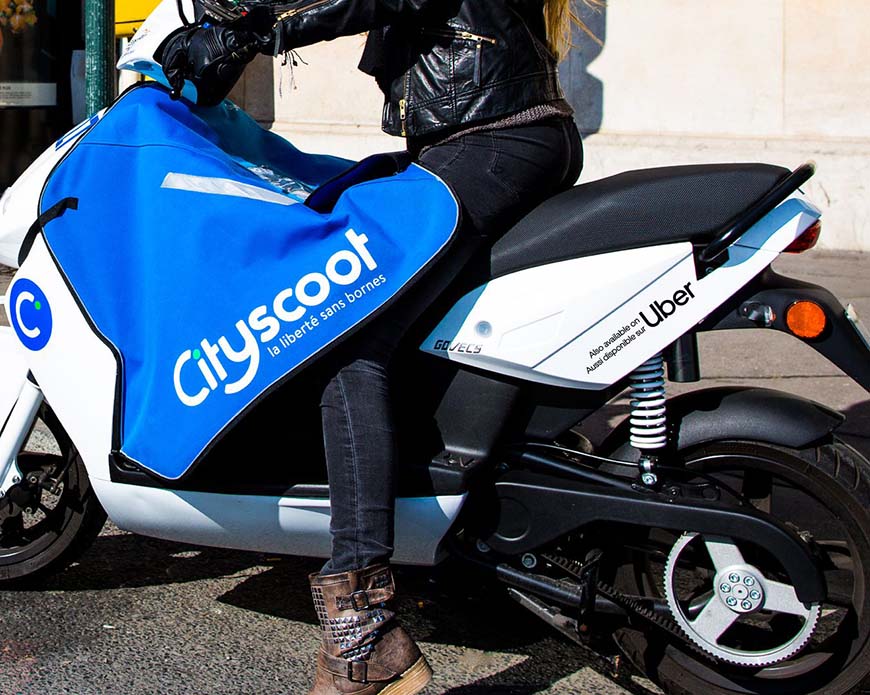
Practical Tips for Navigating Public Transport
Planning Your Journey
– Apps and Websites: Use apps like Citymapper, RATP, or Google Maps to plan your routes and check schedules.
– Offline Maps: Download offline maps in case you lose internet connection.
Accessibility
– Wheelchair Access: Many Metro stations and buses are equipped with facilities for passengers with reduced mobility. Check the RATP website for details on accessible routes.
– Luggage and Strollers: Avoid peak hours if you’re traveling with large luggage or strollers. Elevators and escalators are available in many stations.
Safety and Etiquette
– Personal Safety: Paris is generally safe, but be mindful of pickpockets, especially in crowded areas.
– Courtesy: Offer your seat to elderly, pregnant, or disabled passengers. Keep noise to a minimum and avoid blocking doors.
Exploring Beyond Paris
Day Trips
Paris is surrounded by beautiful destinations that can be easily reached by public transport:
– Versailles: Take the RER C to Versailles Château Rive Gauche.
– Giverny: Reachable by train from Gare Saint-Lazare to Vernon, followed by a short bus ride.
– Fontainebleau: Accessible by train from Gare de Lyon to Fontainebleau-Avon.
Regional and International Travel
– High-Speed Trains: The TGV (Train à Grande Vitesse) connects Paris to major cities across France and Europe, including Lyon, Marseille, Brussels, and London (via the Eurostar).
– Airports: Paris has two main airports—Charles de Gaulle and Orly. The RER B line connects the city center to Charles de Gaulle, while Orly is accessible via the Orlyval light rail from Antony station on the RER B.
Navigating public transport in Paris can seem daunting at first, but with a little knowledge and preparation, it becomes a seamless part of your travel experience. The city’s extensive network of Metro lines, buses, trams, and alternative modes of transport ensures that you can explore every corner of Paris with ease.
Whether you’re admiring the city’s historic landmarks, enjoying its world-class cuisine, or simply soaking in the Parisian ambiance, efficient and reliable transportation makes it all possible.
